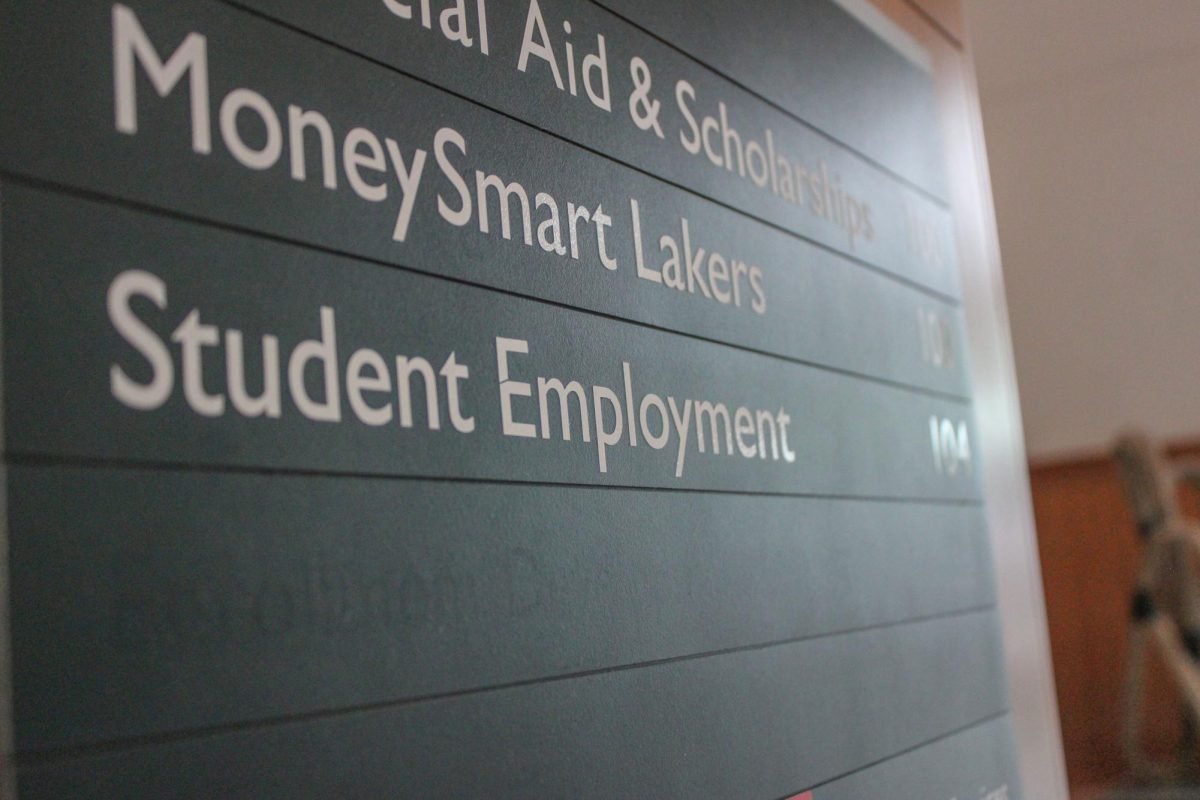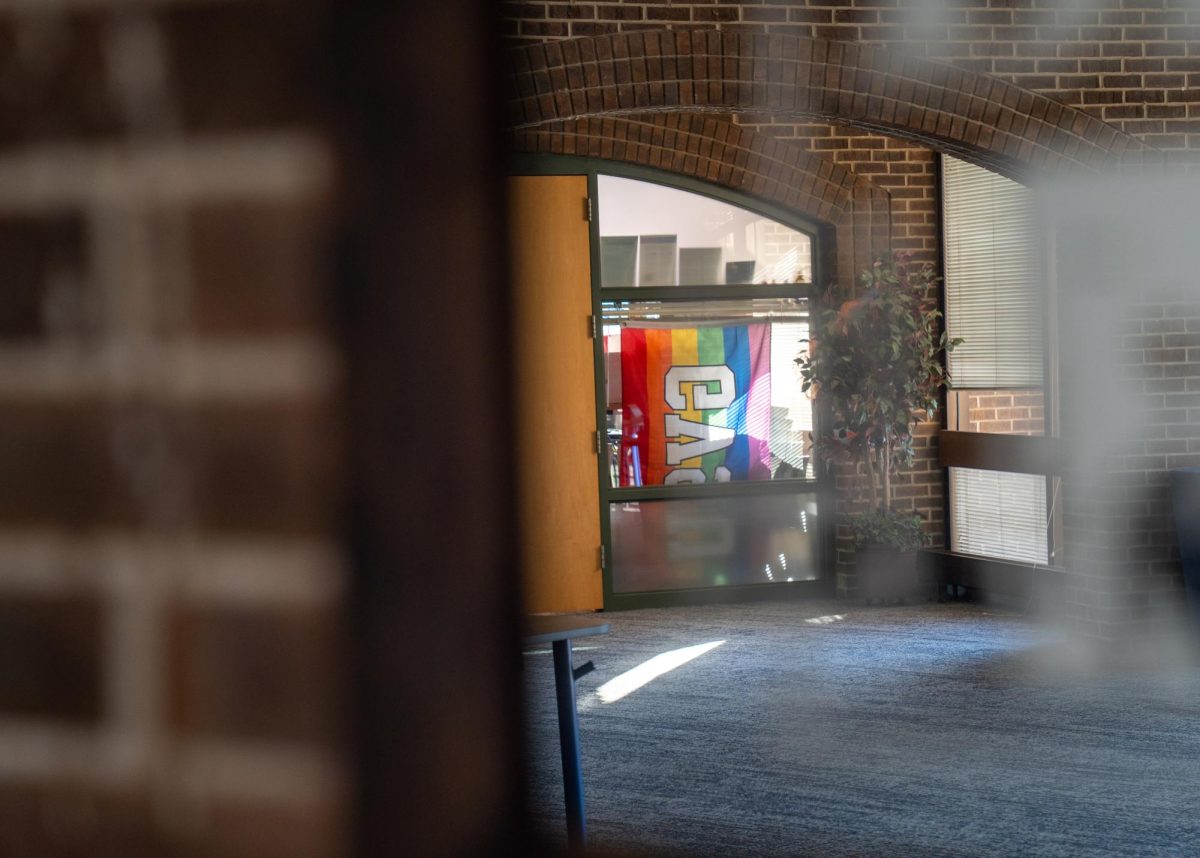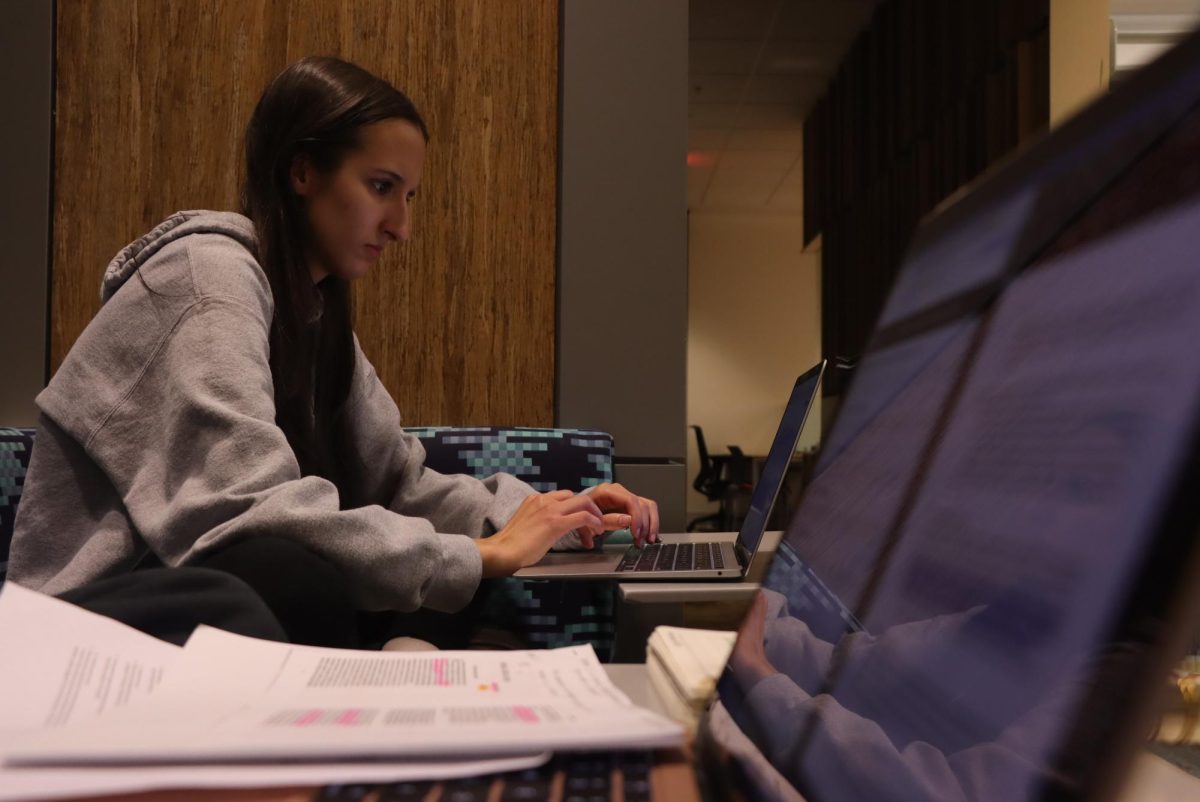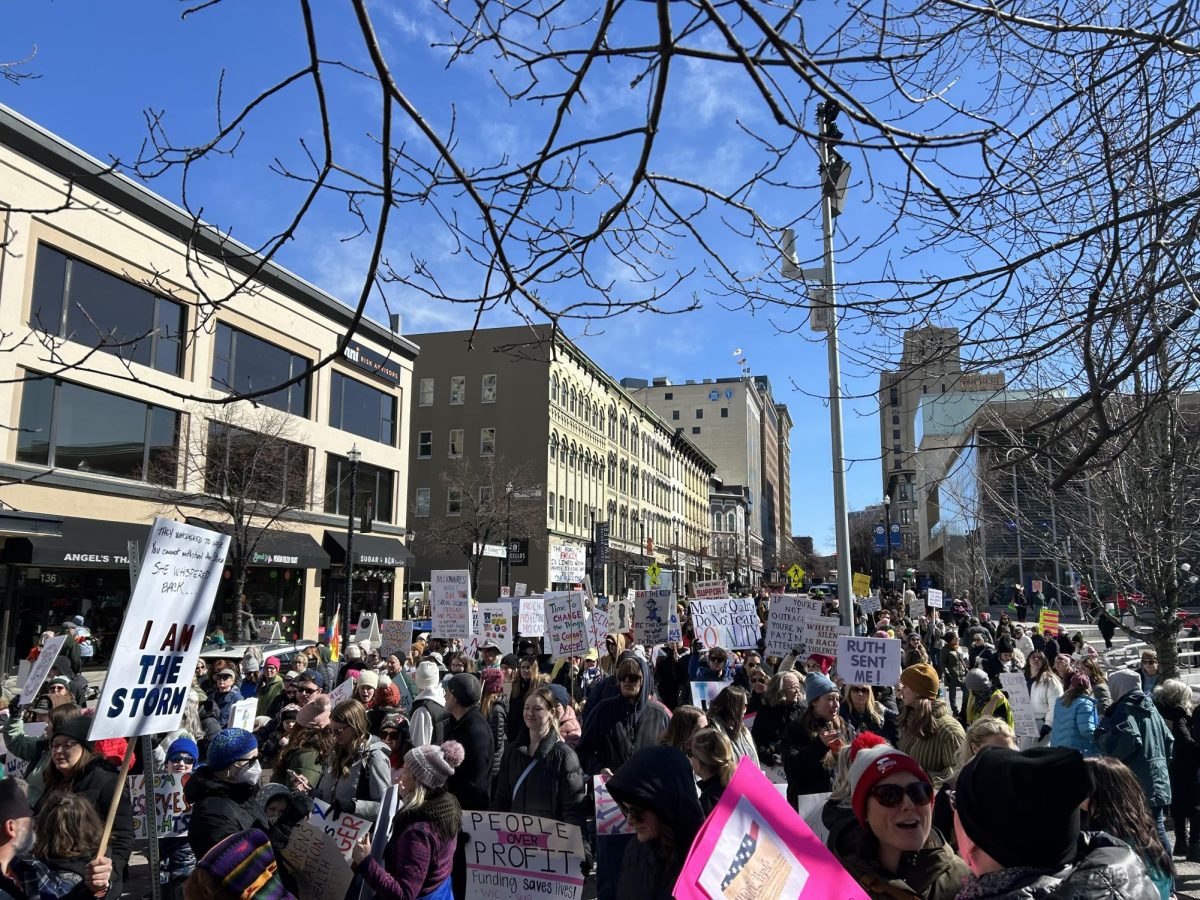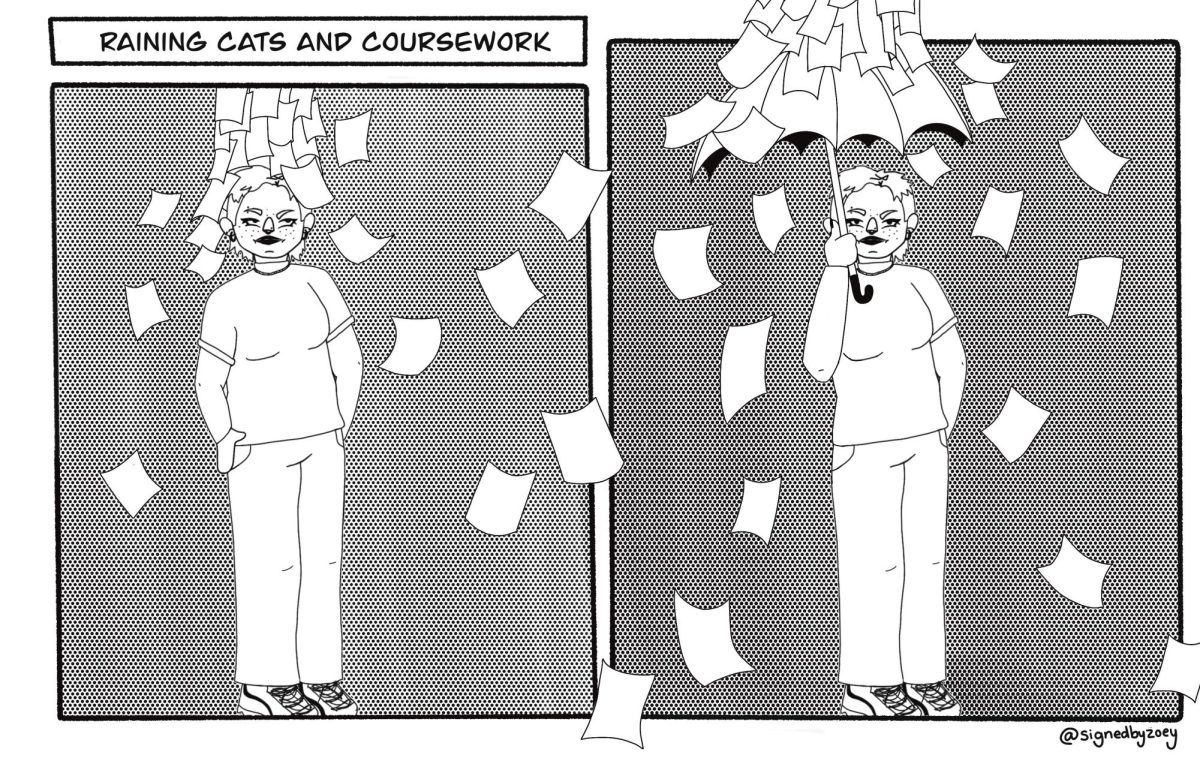News Briefs 9/26
Sep 26, 2022
Biden declares COVID-19 pandemic “over”
In an interview on “60 Minutes” that aired on Sept. 18, President Joe Biden declared that the COVID-19 pandemic had ended in the United States.
The declaration came as the White House has moved in recent weeks to shift the narrative surrounding the virus away from “pandemic” to “endemic.” With omicron-specific booster shots now available to the public, medical experts and White House officials have begun to predict that the virus will soon become flu-like – proliferating in colder months and receding during warmer months.
The statement has since sparked pushback and debate from experts and vulnerable citizens on whether America is statistically ready to truly consider the pandemic behind it and return to normal operations.
According to data from the Centers for Disease Control and Prevention, the U.S. was averaging 53,376 cases per day on Sept. 22, down from an average of 812,279 per day during its January peak.
Grand Valley State University has remained at COVID Alert Level Zero since returning for the fall 2022 semester, however university officials have noted that such could still change should conditions warrant increased precautions.
GV Student Senate investigates newest university budget
Grand Valley State University’s Student Senate met with university officials on Sept. 22 to seek answers to questions and concerns regarding the university’s 2022-23 budget.
In the most recent general assembly, senators heard from GVSU Vice President for Finance and Administration Greg Sanial and Associate Vice President for Business and Finance Craig Wieschhorster, who offered reasoning and answers to senators’ financial queries regarding the university’s latest budget.
Senators honed in on particular concerns, including the university’s rationale behind its 2.9% tuition increase for the academic year. The increase was announced prior to the signing of Governor Gretchen Whitmer’s state education budget which included millions in additional funding to GVSU.
While such an increase was based on estimates of what the university expected to have received from state allocations, Sanial said that the tuition hike likely would not have been different with the confirmation of additional funding.
Because of a decrease in student enrollment, Sanial said, such an increase in state funding compensated for tuition revenue lost by the drop in enrollment.







